US gas pipeline accidents posebig, unreported climate threat

Last October, an Idaho farmer using a backhoe punched a hole into a 22-inch pipeline buried under a field, sending more than 51mn cubic feet of natural gas hissing into the air.
While the incident on Williams Companies’ Northwest Pipeline was big, it was no anomaly along the roughly 3mn miles of natural gas pipelines crisscrossing the US.
Accidental pipeline leaks — caused by things like punctures, corrosion, severe weather and faulty equipment — happen routinely and are a climate menace that is not currently counted in the official US tally of greenhouse gas emissions, according to a Reuters examination of public data and regulatory documents.
Pipeline mishaps unintentionally released nearly 9.7bn cubic feet of gas into the atmosphere between 2019 and late 2023, according to a Reuters examination of incident report data maintained by the US Pipeline and Hazardous Materials Safety Administration (PHMSA).
That is the climate equivalent of running four average-sized coal-fired power plants for a year, according to an Environmental Defence Fund (EDF) online calculator.
Those emissions are currently not included in the nation’s official greenhouse gas count because federal rules exempt large, unexpected leaks, and mainly only capture emissions from regular operations, according to the US Environmental Protection Agency (EPA).
The Biden administration aims to change that as early as next year under a set of rules proposed by the EPA to crack down on methane emissions from the oil and gas sector, and which would punish emitters with fees of $900 to $1,500 per metric tonne when they exceed a certain threshold.
Reuters relied on PHMSA data and interviews with researchers, company officials and regulators to provide new detail on the scale of greenhouse gas emissions from accidental pipeline leaks that could soon be added to the official greenhouse gas tally, as well as the potential cost to companies under the looming fees.
“I don’t think the public or regulators have realised just how much methane has been lost from pipeline infrastructure,” said Kenneth Clarkson, a spokesperson for the Pipeline Safety Trust, a non-profit watchdog. “Newer studies have come closer to capturing the true amount of emissions and this has started catching the attention of policymakers.”
Accidental leaks reported from PHMSA by the five biggest US pipelines between 2018 and 2022 showed that those incidents could have significantly increased the facilities’ overall reported emissions, potentially resulting in fees of up to $40mn under the proposal.
The operators of the five biggest pipelines include Berkshire Hathaway, TC Energy and Kinder Morgan.
Berkshire Hathaway’s 14,000-mile Northern Natural Gas pipeline, for instance, reported unintended releases of natural gas to PHMSA during the five year period that were the equivalent of about 30% of the methane the facility reported to EPA during the period.
Williams, the owner of the pipeline that leaked in Idaho in October, reported unintended gas releases that amounted to about 15% of the methane it reported to EPA.
Berkshire Hathaway and Williams did not respond to requests for comment on Reuters’ analysis or the EPA proposal.
TC Energy said reducing its methane emissions was a critical part of its business, but did not comment directly on the EPA proposal or Reuters’ analysis.
Kinder Morgan said it does not exclude unintended emissions from its reports to EPA, even though it is not required to include them.
The Biden administration unveiled its batch of final rules aimed at cracking down on US oil and gas industry releases of methane at the United Nations COP28 climate change conference in Dubai in December, part of international efforts to curb releases of the gas.
Piped natural gas is typically around 90% methane, a greenhouse gas which is several times more potent in warming the planet than carbon dioxide during the relatively short time it remains in the atmosphere.
The new policies would ban routine flaring of natural gas produced by newly drilled oil wells, require oil companies to monitor for leaks from well sites and compressor stations and establishes a program to use third party remote sensing to detect large methane releases.
The new reporting requirements for large leaks, meanwhile, are likely to be finalised later this year and take effect in 2025, the EPA told Reuters.
Under the proposal, companies will be required to report abnormal leaks of about 500,000 cubic feet of pipeline gas or more starting next year, a threshold significantly lower than what PHMSA requires.
The new reporting rules would also apply to big, unplanned emissions from other parts of the oil and gas industry, such as drilling operations, EPA said.
The fact that some large methane leaks have never been accounted for in US greenhouse gas inventories underscore concerns among environmental groups and scientific researchers that emissions from the fossil fuel sector have been vastly understated.
An Environmental Defense Fund analysis last year, for instance, estimated US pipelines leak between 1.2mn and 2.6mn tons of methane per year, or 3.75 to 8 times more than EPA estimates.
The EDF figure includes not just large mishaps but also pervasive smaller leaks on tiny distribution lines.
“The failure of EPA to account for these large events is a big driver of that discrepancy,” Edwin LaMair, an EDF attorney who focuses on oil and gas regulations, said in an interview.
The Interstate Natural Gas Association of America, a pipeline industry trade group, said most incidents reported to PHMSA relate to safety systems operating as intended.
The group also pointed to an EPA analysis showing that most transmission and storage facilities may not meet the 25,000 metric tonnes of carbon dioxide equivalent per year emissions threshold required to pay the methane fee.
The EPA analysis said, however, that it was not yet possible to accurately estimate “the magnitude of emissions that will be reported and which facilities will report those emissions.”
The pipeline industry has also said in public comments to the EPA about the new reporting rules that they could lead to double-counting of some emissions. — Reuters
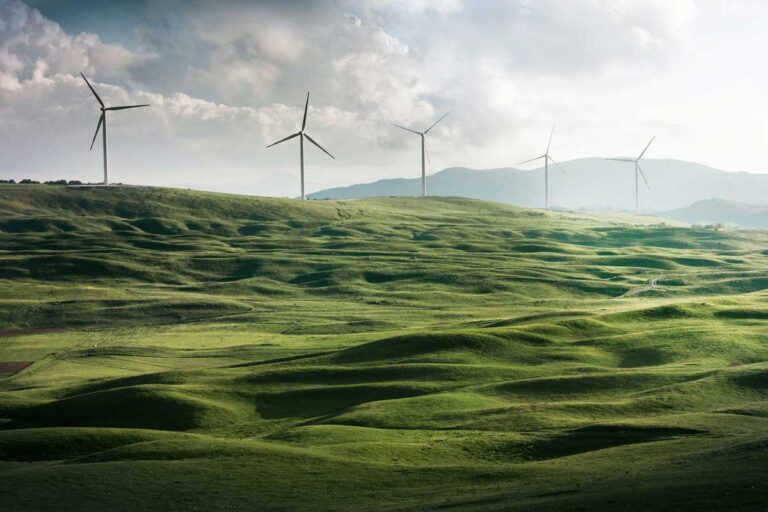


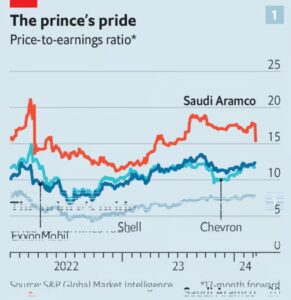
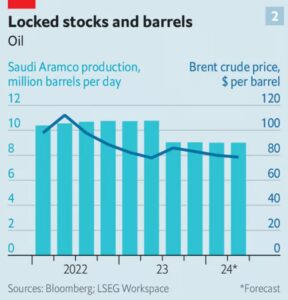
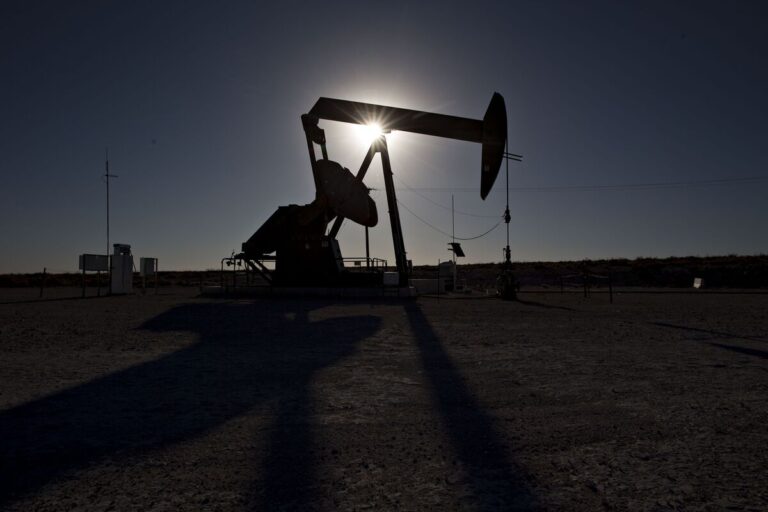

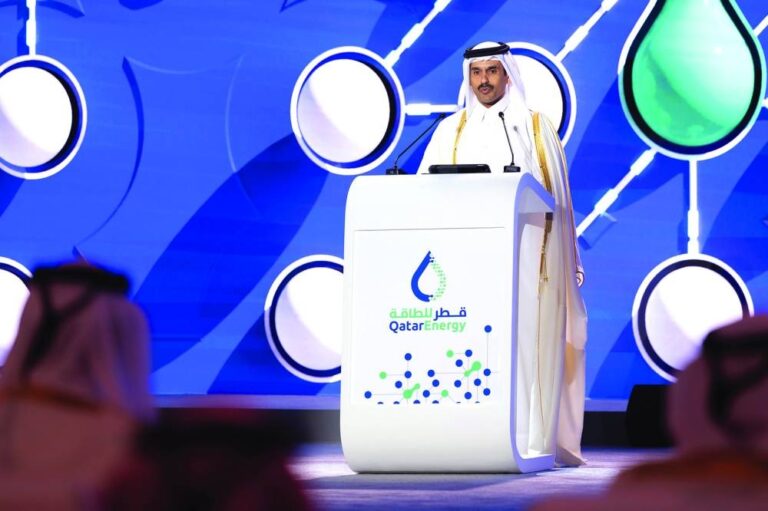

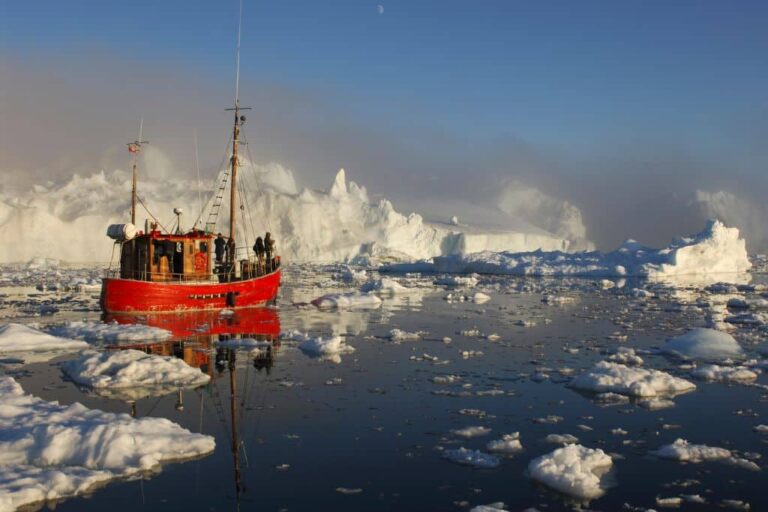
FLORENCE – The 25th anniversary of the euro’s introduction, which has passed largely under the radar, offers an opportune moment to assess the current state of the greatest monetary experiment in modern history.
The euro’s launch in January 1999 polarized economists. In the face of much skepticism – the late American economist Martin Feldstein even argued that the single currency could trigger a war in Europe – the euro’s architects envisioned a future characterized by macroeconomic stability, anchored by an independent central bank and a fiscal framework geared toward stability. Structural reforms, which the European Union’s member states were expected to implement, were meant to enhance the monetary union’s capacity to adjust to shocks.
None of those scenarios materialized. Over the past quarter-century, the euro has shown extraordinary resilience, navigating through several critical challenges and defying early predictions of its collapse. But while the single currency has delivered on some of its promises – most notably, maintaining price stability for most of its existence – it has failed to boost Europe’s potential growth or facilitate the continent’s full economic and political integration.
This mixed record can be attributed largely to the fact that Europe’s economic union was incomplete from the outset. Despite the significant progress that has been made since its inception, the eurozone’s fiscal and economic frameworks remain woefully underdeveloped compared to its monetary infrastructure.
To understand the consequences of the eurozone’s unfinished architecture, it is useful to divide the past 25 years into four distinct periods. The first phase, from 1999 to 2008, could be labeled the “2% decade”: economic growth, inflation, and budget deficits (as a share of GDP) all hovered around this rate. This phase was characterized by the excessive optimism of the “Great Moderation.”
But the internal imbalances that emerged during this period would haunt the eurozone for years to come. The convergence of interest rates, evidenced by minimal spreads, resulted in overly sanguine portrayals of member states’ public finances. Simultaneously, loose fiscal and monetary conditions reduced European governments’ incentives to undertake structural reforms and bolster their banking systems.
Nominal convergence also masked more profound structural disparities, as capital flowed from the eurozone’s richest members to their poorer counterparts, where it was frequently channeled into less productive sectors, such as real estate and non-tradable services, often through instruments like short-term bank loans. Consequently, while the eurozone’s current accounts appeared balanced, significant imbalances emerged.
The fallout from the 2008 global financial crisis, particularly the discovery that Greece had lied about its budget deficits and debt, eroded trust among member states. The prevailing narrative shifted to one of moral hazard, emphasizing the need for each country to get its own house in order. By the time eurozone governments finally coordinated a response – establishing the European Stability Mechanism (ESM), launching the banking union project, introducing the European Central Bank’s Outright Monetary Transactions program, and expanding the ECB’s balance sheet – the euro appeared to be on the brink of collapse.
The key turning point was the pledge by then-ECB President Mario Draghi to do “whatever it takes” to preserve the euro in July 2012. But with monetary policy increasingly viewed as the “only game in town,” the eurozone’s economic and financial structures remained fragmented.
The COVID-19 crisis changed that. The exogenous nature of the pandemic shock, together with the lack of impending elections, enabled EU leaders – led by French President Emmanuel Macron, then-German Chancellor Angela Merkel, and European Commission President Ursula von der Leyen – to present a unified front, unencumbered by the pressure to avoid moral hazard. The EU suspended the Stability and Growth Pact, which had previously capped member states’ budget deficits at 3% of GDP, and rolled out the Support to mitigate Unemployment Risks in an Emergency and the NextGenerationEU recovery programs, financing both through common borrowing. Meanwhile, the ECB introduced its €1.85 trillion ($2 trillion) Pandemic Emergency Purchase Program.
Although this demonstration of collective leadership reassured markets, fueling an economic rebound, the optimism proved to be short-lived. A global inflationary surge, fueled by robust macroeconomic stimulus and pandemic-related supply-chain disruptions, was exacerbated by the energy-price shock that followed Russia’s full-scale invasion of Ukraine. Although European policymakers worked together to reduce the EU’s dependence on Russian gas, they failed to mount a collective response akin to the NextGenerationEU initiative. Confronted with rising deficits and debt, not to mention the most aggressive monetary-tightening cycle since the 1980s, EU countries have once again put eurozone reforms on hold.
Two important lessons follow from the euro’s first 25 years. First, the monetary union’s incomplete institutional framework has proven to be both costly and dangerous. Finalizing the banking union, especially the creation of a common resolution fund with the backstop of the ESM and deposit insurance, is essential to ensure stability and bolster the international role of the euro. Thus, Italy’s recent failure to ratify the ESM treaty is a serious setback. Pushing forward the capital market union is essential if Europe is to meet the financial challenges posed by the digital and green transitions. To achieve all of this, EU leaders must strike a balance between risk sharing and risk reduction.
Second, completing the euro is crucial for safeguarding and developing the EU’s greatest achievement: the single market. European countries’ current pursuit of national industrial policies, funded through state aid, undermines the core values of the single-market project. To address this challenge, the EU must formulate a cohesive European industrial policy. This should include an increase in cross-border investments, focusing on European public goods such as human-capital development, the availability of critical materials, and the green and digital transitions.
After the fall of the Berlin Wall, German Chancellor Helmut Kohl, French President François Mitterrand, and European Commission President Jacques Delors turned the dream of a single currency into a reality. During the COVID-19 crisis, Macron, Merkel, and von der Leyen managed to overcome seemingly insurmountable obstacles and achieve a historic breakthrough. Now, a quarter-century after its introduction, the euro requires visionary leaders to shepherd European sovereignty to its next phase.
This article draws on the CEPR Policy Insights February 1, 2024, paper “The First 25 Years of the Euro,” written under the auspices of the European University Institute’s Economic and Monetary Union Laboratory (EMU Lab).